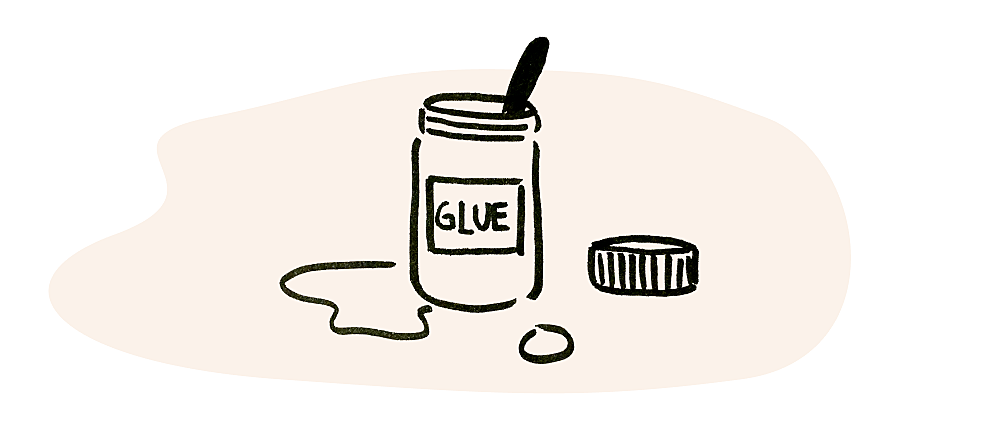
I used to think that print is more permanent than digital. For better or for worse, the print design process inevitably includes that final step — print — and once that button is pushed there’s no going back without a costly rerun.
For this reason, print designers and editors are in many ways more meticulous than their digital counterparts. Before anything goes to print, layouts are polished, typography kerned, and copy tweaked. Margins and colours are double and triple checked. Entire teams step up to proof read and catch typos. Final-final-FINAL proofs are sent to wary clients, who are made to sign on the dotted line and absolve the creators from responsibility in the event of a major cock up. The tail end of the print process is fraught with anxiety. It has to be perfect.
Thankfully, the digital world is a bit more forgiving and a bit less anxiety-inducing, at least at surface level. Mistakes can be fixed, content updated — or deleted. We can even test different versions of the same design, measuring what works best over time and adjusting to suit. We have content management systems and feedback loops, analytics, user testing, and refactoring. In short, we don't have to worry about getting it just right before launch. We can always change it.
But what happens when we want to actually redesign stuff? When we want to change layouts, templates, content structures, or the way a feature works? Suddenly a million considerations appear. How does this new thing work responsively? How does it perform? Is it compatible with our legacy system? Can we make it using pre-existing components from our design system? Do we have to build it from scratch? Should we change framework? Should we change platform?
Making a change on the web, other than a piece of text or an image uploaded through a CMS, is a laborious process. Redesigning a site — even if the changes are relatively small — often warrants a complete rebuild, especially if you’re also working with a new development partner. Conversely, the inDesign file you used for that print job four years ago will yield the same result today, and changing it is a one person job. No frameworks, no CMS, no bugs, no new technology, no gatekeepers. Just change it and reprint.
I used to think print is more permanent than digital. As it turns out, it's the other way around. Yes, the web is always open to change. But that doesn't make it less permanent.
Illustration by Lulu